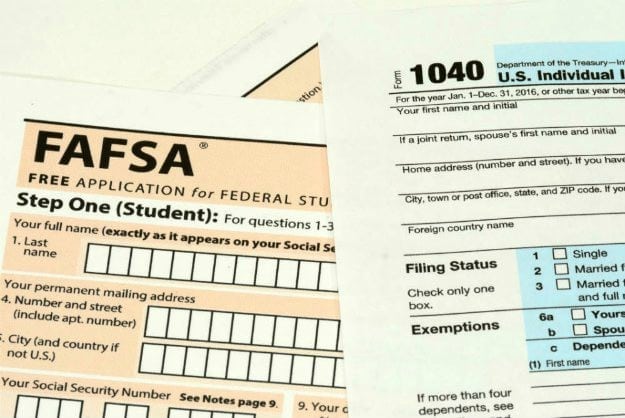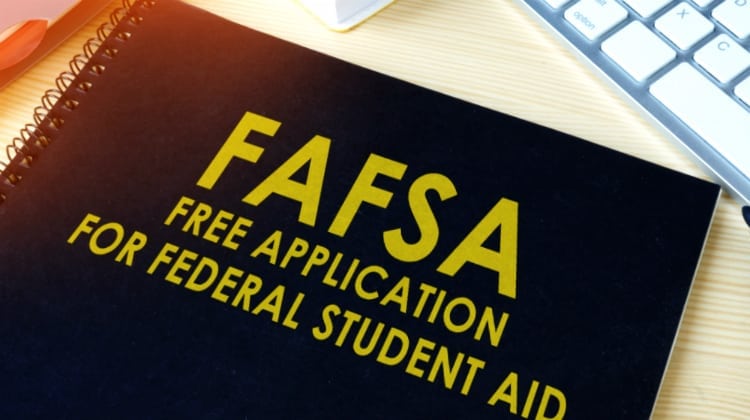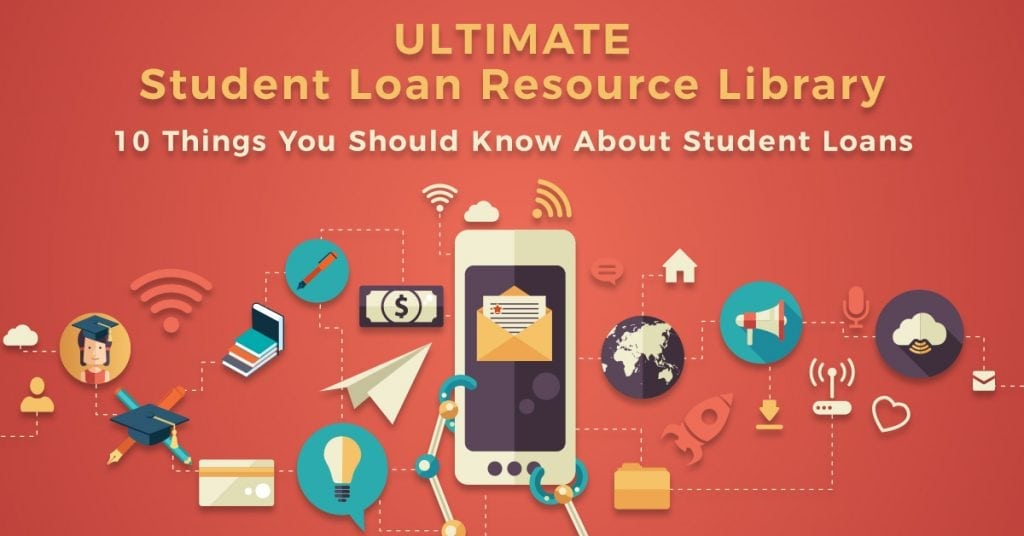What is federal student aid? Many people are not aware that the government has tons of grants, loans, and programs designed to help people afford college.
Given that, let us go over the many options on how you can receive financial aid.
What is Federal Student Aid? How to Handle the Costs of College
In this article:
FAFSA

First of all, what is federal student aid without the Free Application for Federal Student Aid (FAFSA)?
Remember to complete the FAFSA.
It might seem like a chore. But if you don’t complete it, you won’t be able to qualify for most federal aid programs.
Federal Grants
The US government gives grants to higher-education institutions every year. These institutions have to distribute this financial aid to students.
Except under some conditions, grants do not need to be repaid. There are several kinds of grants.
Federal Pell Grant
Of all types of financial aid, the Pell Grant is one of the most well known. This grant is awarded to low-income students.
Notably, it can reach as much as $5,920 in an Academic Year.
To qualify, you must not have a bachelor’s or professional degree. You must also have completed the FAFSA.
TRIO
In contrast to the Pell Grant, this is a cluster of several grants. Higher-education institutions and other organizations receive TRIO to encourage at-risk youth to pursue higher education.
The program provides counseling, advice, and financial aid. And you can inquire if there are any participating institutions in your state.
(Bonus Tip: Liking these tips so far? Take 10 more for free! The Ultimate Student Loan Resource Library has 10 of the most important things to know about student loans so you can pay off your loans the smartest and easiest way possible. Click here to learn more and to get the free guide.)
FSEOG
Also called the Federal Supplemental Educational Opportunity Grant (FSEOG), this targets undergraduate students in financial need. It can also give each recipient around $100-$4000 in aid every year.
Like the Pell Grant, you should be an undergraduate student to qualify.
LEAP
The Leveraging Educational Assistance Partnership (LEAP) program provides states with grants.
In effect, states distribute this financial aid to poor students. So, check with your state if you qualify for a LEAP grant.
TEACH Grant
The Teacher Education Assistance for College and Higher Education (TEACH) Grant is different from most grants. It targets and gives financial aid to would-be teachers.
As a result, it expects you to complete coursework to become teachers. And it requires you to teach full-time at a low-income school or agency for four years.
Iraq-Afghanistan Service Grant
If your parent or guardian died serving in Iraq or Afghanistan, you can avail of this grant. The amount of financial aid is noteworthy since you can receive an amount similar to that given by Pell Grant.
Other Grants
In addition to the ones mentioned above, there are several more grants available to students. There are grants available for particular states, or for those planning to pursue specific careers.
Federal Family Education Loan Program

Meanwhile, the FFELP offers student aid as well, but it must be repaid. As compared to private loans, the requirements are less strict, but you are still responsible for repaying the loans you receive.
Direct Subsidized Loan
Also known as Subsidized Stafford Loan, this benefits students with bad credit history. Your application isn’t affected by your credit score. Plus, the government shoulders the interest that builds as you’re studying.
However, only undergraduate students can apply. It also has a fixed interest rate of 4.45%.
Direct Unsubsidized Loan
On the other hand, graduate students qualify for this loan. And you do not have to prove that you’re financially needy to apply.
However, you are responsible for paying the interest that accrues while you’re studying.
(Bonus Tip: Liking these tips so far? Take 10 more for free! The Ultimate Student Loan Resource Library has 10 of the most important things to know about student loans so you can pay off your loans the smartest and easiest way possible. Click here to learn more and to get the free guide.)
Direct PLUS Loan
Graduate students and parents of undergraduate students can apply for PLUS loans.
Unlike other federal loans, this takes a look at your credit history. And you are also responsible for repaying the accrued interest.
Direct Consolidation Loan
This merges multiple students loans. Consolidating loans allows for more convenience in single repayments. You can also negotiate an interest rate more beneficial to you.
Federal Perkins Loan
This is available to all students in great financial hardship. The interest rate is at 5%. But not all schools offer this loan and the amount you receive will depend on funds available.
Federal Work-Study Program

The Federal Work-Study Program offers students financial help. This is in exchange for their labor.
Students must apply and be accepted for part-time jobs. In return, they are aided in shouldering their financial expenses.
What is federal student aid? Clarify your concerns by watching the video below!
What is federal student aid? It has grants, loans, and programs that can ease the costs of a college education.
With the right information at hand, you’ll be able to maximize your resources and avoid unnecessary payments. Know more about these aid opportunities so you can have a financially secure future.
(Bonus: Did you enjoy these tips? Take 10 more for free! The Ultimate Student Loan Resource Library has 10 of the most important things to know about student loans so you can pay off your loans the smartest and easiest way possible. Click here to learn more and to get the free guide.)
What is federal student aid? Drop your questions and share your experiences below!


Leave a Reply